Projects
Supporting innovative, cutting edge ideas, the Research Innovation Fund (RIF) provides seed grants for cross-college collaborative projects.
How do I apply?
Project Description
Media
Filters
- Project Types
- All
- Animal Health
- Aquaculture
- Automation and Robotics
- communities
- Communities/Farmers/Relations
- Computational Modeling
- Controlled Environment Agriculture
- Crop Production
- Dairy/Livestock Production
- Data Integration and Processing
- Farmers
- Farmers, Communities, Relationships
- Food Safety
- International Agriculture
- Iot and Networks
- Machine learning
- Machine Learning
- Plant Breeding
- relations
- Sensing Technology
- Soil
- Trustworthy AI
- Years
- Project Creators
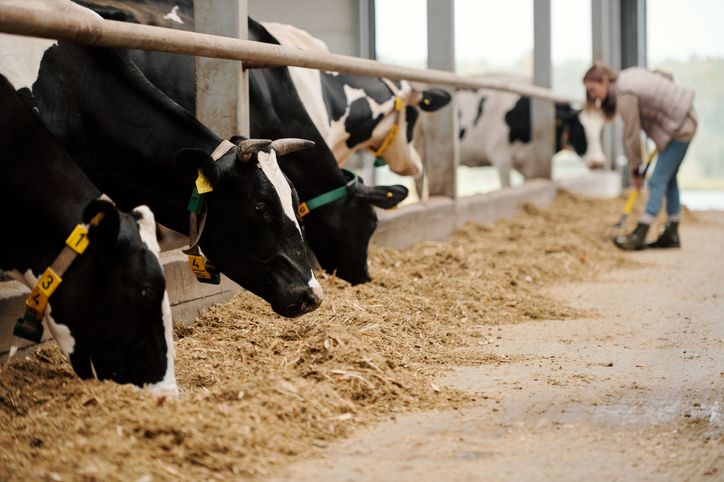
Development of Predictive Models to Accurately Detect Subclinical and Clinical Mastitis in Dairy Cows Milked with Automated Milking Systems
Inflammation of dairy cow mammary glands, or mastitis, is one of the most important diseases in dairy production. Costs related to veterinary service, labor, loss of saleable milk, reduced milk production, and culling make it one of the most costly dairy diseases. In conventional milking systems, detection of clinical mastitis (CM) is straight forward by identification of abnormal milk or a swollen quarter, but subclinical mastitis (SCM) is only identified by a somatic cell count (SCC) ≥ 200,000 cells/mL. Accurate and timely detection of SCM has the potential to improve milk quality and farm economics. We propose to develop predictive models to accurately detect clinical mastitis (CM) and subclinical mastitis (SCM) in dairy cows milked with automated milking systems. These systems automatically provide hundreds of data points from each cow at milking. We will collect quarter level data points, such as milk yield, milking time, duration between milking visits, kick-offs, incomplete milkings, and conductivity, and use them to develop an algorithm for accurate identification of cows at the onset of CM and SCM. Not only will this provide a substantial economic benefit by reducing the costs associated with mastitis, but it will also improve animal welfare. While automated milking systems are still rare in the dairy industry, there is a projected annual increase of 20 to 30% in the coming years, in part as a way of addressing the current labor challenges in the dairy industry. New York State is seen as a leader in the dairy industry both locally, regionally, and globally and development of an algorithm for accurate identification of cows with CM or SCM will keep New York State on the leading edge of adoption of agriculture technology.
Rick Watters (CVM), Kristan Reed (CALS)
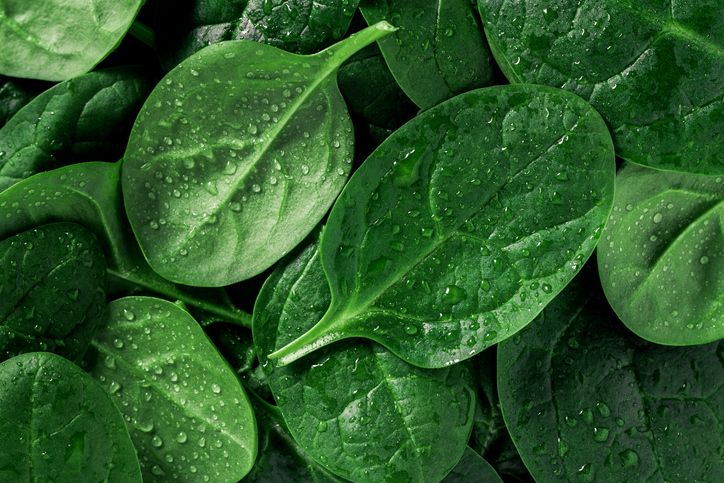
Microbiome-Informed Computational Models and Decision Support Tools to Predict Fresh Produce Spoilage: Spinach as a Model System
Microbial food spoilage is a significant economic, environmental and societal problem: 40% of food in the US is reported to go to waste, with 2/3 of this spoilage being estimated to result from unwanted microbial growth. The goal of this project is to develop a computational model of microbiome interactions and perturbations during processing, transportation and retail for predicting shelf life of fresh spinach. Prediction of food spoilage in the food industry to date is typically based on limited laboratory experiments and shelf-life studies conducted under a single or very few conditions. Actual product however is produced and distributed under a range of very different conditions throughout the supply chain. Hence, there is a need for transformative solutions to reduce food waste using a systems approach, in which innovative technologies are integrated across each stage of the supply chain to reduce the volume of food wasted. In this study, we will construct computational models and decision support tools to predict shelf life using both classical microbiological and metagenomics data. This work will serve as a basis to later develop and pilot transformational strategies to reduce food waste through more accurate shelf-life prediction.
Martin Wiedmann (CALS), Renata Ivanek Miojevic (CVM)
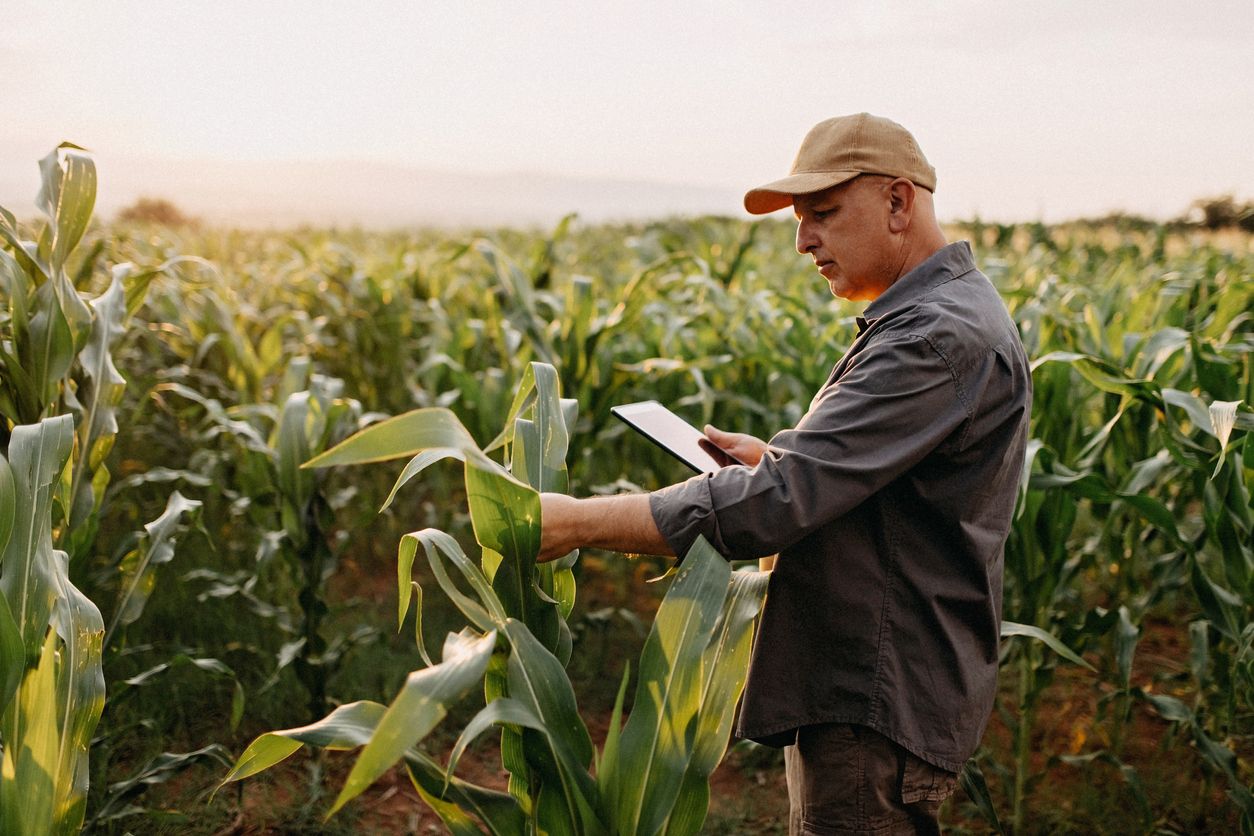
Dynamic Crop Height Measurement for N Management
The use of Nitrogen fertilizers in moderation can promote plant growth and boost crop yield, while in excess it can be harmful to the plant and the environment. By developing a system that can accurately capture the height of plants in a field, we can compare the rate of growth of different crops in response to N treatment and find the optimal time and amount of N to apply. An array of laser diodes paired with photoresistors will simulate a gate of light and through programming we can detect if the gates are either closed or open. This system works well in a controlled environment but in a natural environment, reflections from other surfaces and on a particularly bright day when there is a lot of natural light, are challenging. Throughout the 10 weeks of summer we will test new methods to improve sensor data.
Charles Smith (UG-COE), Primary Advisor: Louis Longchamps (CALS), Secondary Advisor: Joseph Skovira (COE)
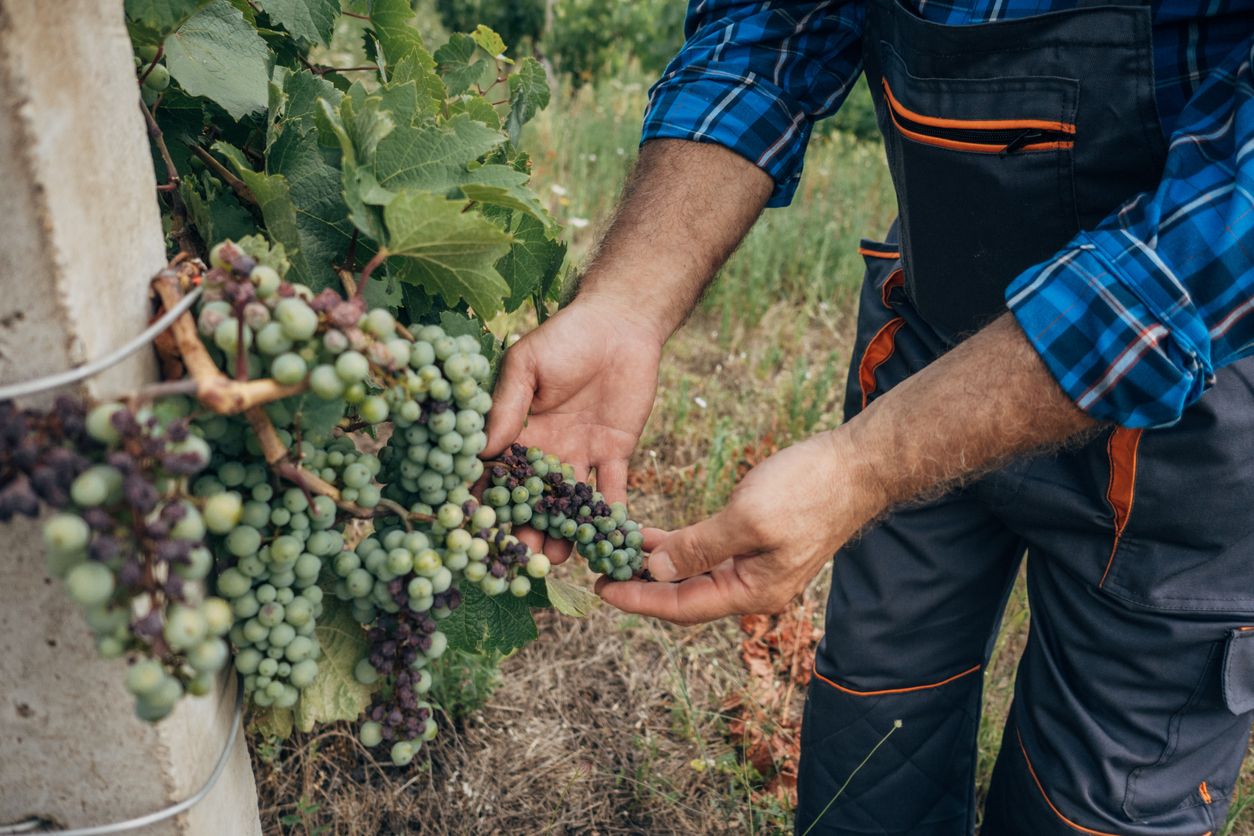
Accelerating the Application and Adoption of Remote Sensing Decision Support in Northeastern Viticulture
Current plant disease detection frameworks are inefficient and inaccurate because they primarily rely on human detection via scouting – the process of physically visiting a field and looking for disease. By the time disease is discovered, the period of time when management intervention would be most effective has long passed. My research with the Gold lab combines remote sensing, high resolution satellite imagery, with environmental data to optimize disease detection in vineyards. Throughout the course of our project, I will design a novel disease prediction scheme that combines DMCast, an existing disease risk model, with spectroscopic imagery within a deep learning architecture. Once trained on historical data, this model can be integrated into computer vision techniques that extract insights from satellite imagery, creating a powerful framework for the future of vineyard disease management.
Somil Aggarwal (UG-COE), Primary Advisor: Katie Gold (CALS), Secondary Advisor: David Shmoys (CIS)
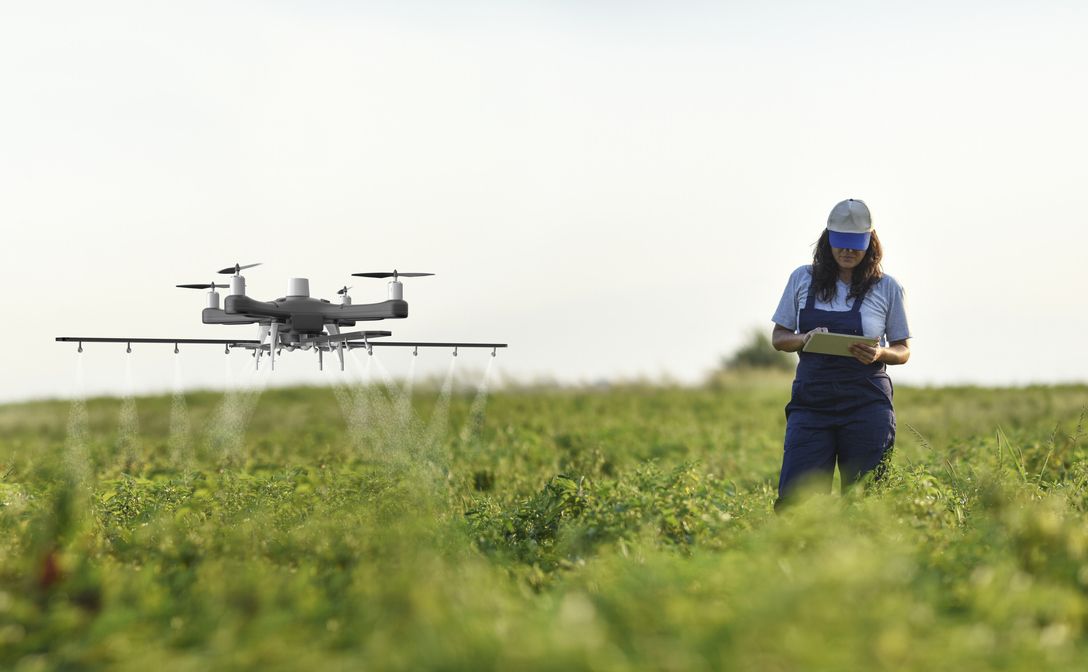
Improving strawberry yield through native and robotic pollinators
The proposed work will integrate automated monitoring of wild and managed pollinators with cutting-edge robotic pollination, laying the groundwork for a bio-hybrid system capable of observing, predicting, and improving yield in pollen-limited crops. Specific innovations include durable, low power insect camera traps, mobile end-effectors for local electrostatic pollination, rapid cross-pollination by quadcopters, and growth models conveyed to the farmer through an online app. These technologies will be validated with strawberry plants over several bloom cycles in the greenhouse, and through field experiments in a commercial farm. Short term, these technologies can be seamlessly integrated into current farm practices. Long term, they may be managed by automated schedulers to ensure optimal yield long before harvest. In a broader sense, this research opens a new frontier in precision agriculture, where robots not only have the intelligence to overcome the challenges of field deployment, but can operate as part of the natural ecosystem around crop plants.
Kirstin Petersen (COE), Scott McArt (CALS)

New soil robotics and sensing for soil-root phenotyping of water-use effectiveness
Soil, the microbiome, and plant roots represent a critical frontier in agricultural science and practice. The opacity, heterogeneity, and dynamic nature of soils have severely limited in situ studies, phenotyping, and precise interventions as part of soil and crop management. Here, we will develop two innovations to access real-time information about the availability and flow of water in the rhizosphere: 1) a sensing strategy to provide sub-millimeter resolution of water relations (potential, content, and conductance) within the rhizosphere, in situ; and 2) a soil-swimming robot to provide semi-autonomous exploration of the root zone with multiple sensing modalities. We will pursue experiments with our emerging capabilities guided by scientific questions about roots and rhizosphere to drive new approaches to field-based phenotyping and management of irrigation and fertigation. The technology will lead to improved management of grain, horticultural, ornamental and tree cropping systems. Our project emphasizes a systems-based, trans-disciplinary approach and seeks to enhance and apply new innovations and technology to include below-ground phenotyping (e.g. rhizosphere plant-soil interactions), sensor technology (e.g., real time soil water flux), robotics (e.g., spatio-temporal environmental sampling).
Taryn Bauerle (CALS), Robert Shepherd (COE), Mike Gore (CALS), Johannes Lehmann (CALS), Abe Stroock (COE)
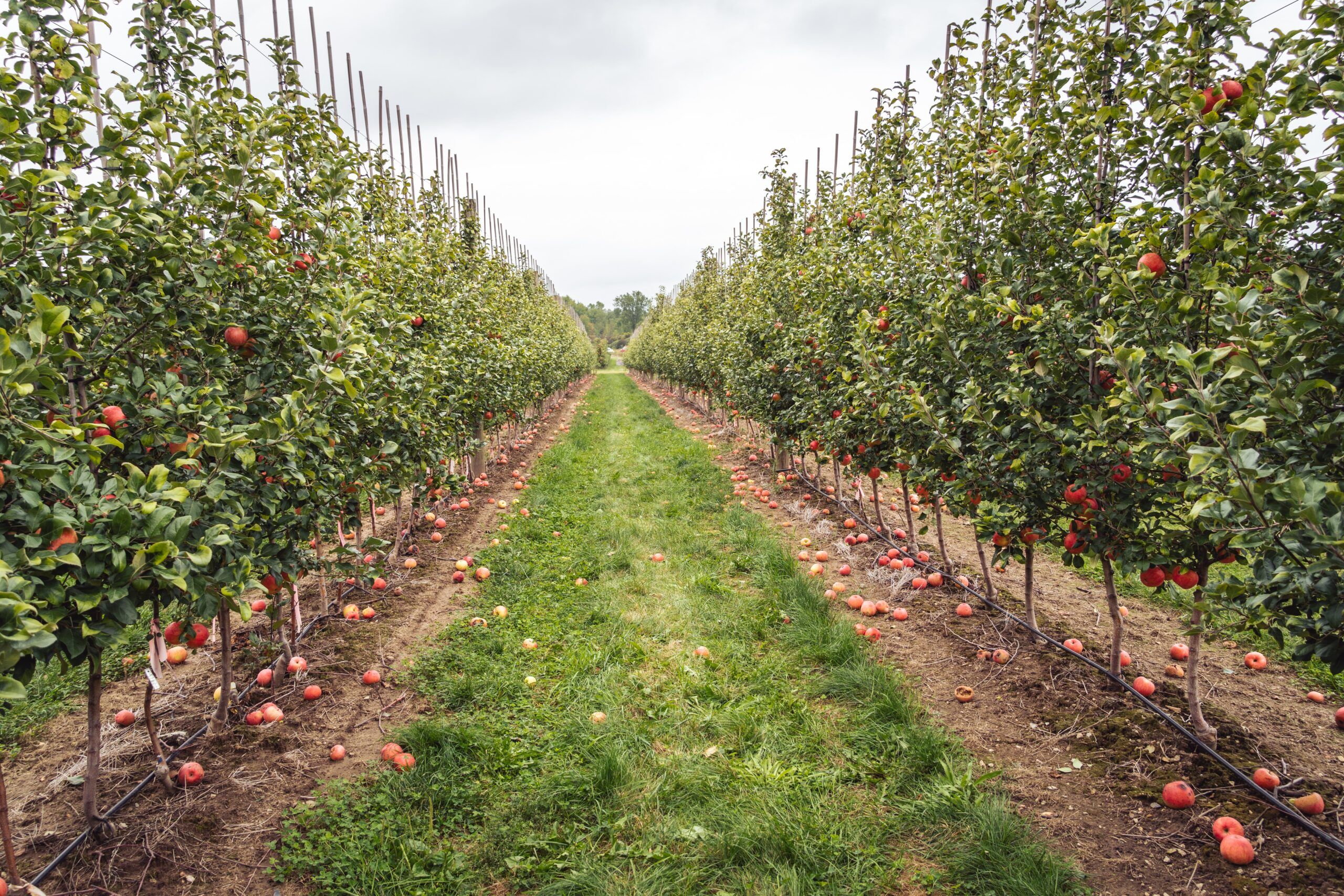
Accelerated and automated stress diagnostics in apple orchards
Apple orchards suffer from large numbers of diseases that can incur serious damage to trees, fruits, and the industry. Effective disease control methods rely on accurate, early diagnostics to implement successful and environmentally-sound management. As disease symptoms vary widely due to age of infected tissues, genetic variations, and light conditions within trees, it is challenging for computer vision models to accurately distinguish between the symptoms of different diseases. Our team of plant pathologists, phenotyping experts and computer vision scientists will develop computer vision models to accurately distinguish between the symptoms of many diseases that can incur serious damage to fruits and fruit trees. We will develop user-friendly apps to enable extension educators and consultants to support growers, and empower them to independently scout their orchards and provide accurate early diagnostics as the basis for successful and environmentally-sound disease management. Based on this work, we aim to lead a global challenge competition in the Fine Grained Visual Classification (FGVC) workshop at the Computer Vision and Pattern Recognition 2020 conference to find novel solutions to major challenges in computer vision.
Awais Khan (CALS), Serge Belongie (CIS), Noah Snavely (CIS)
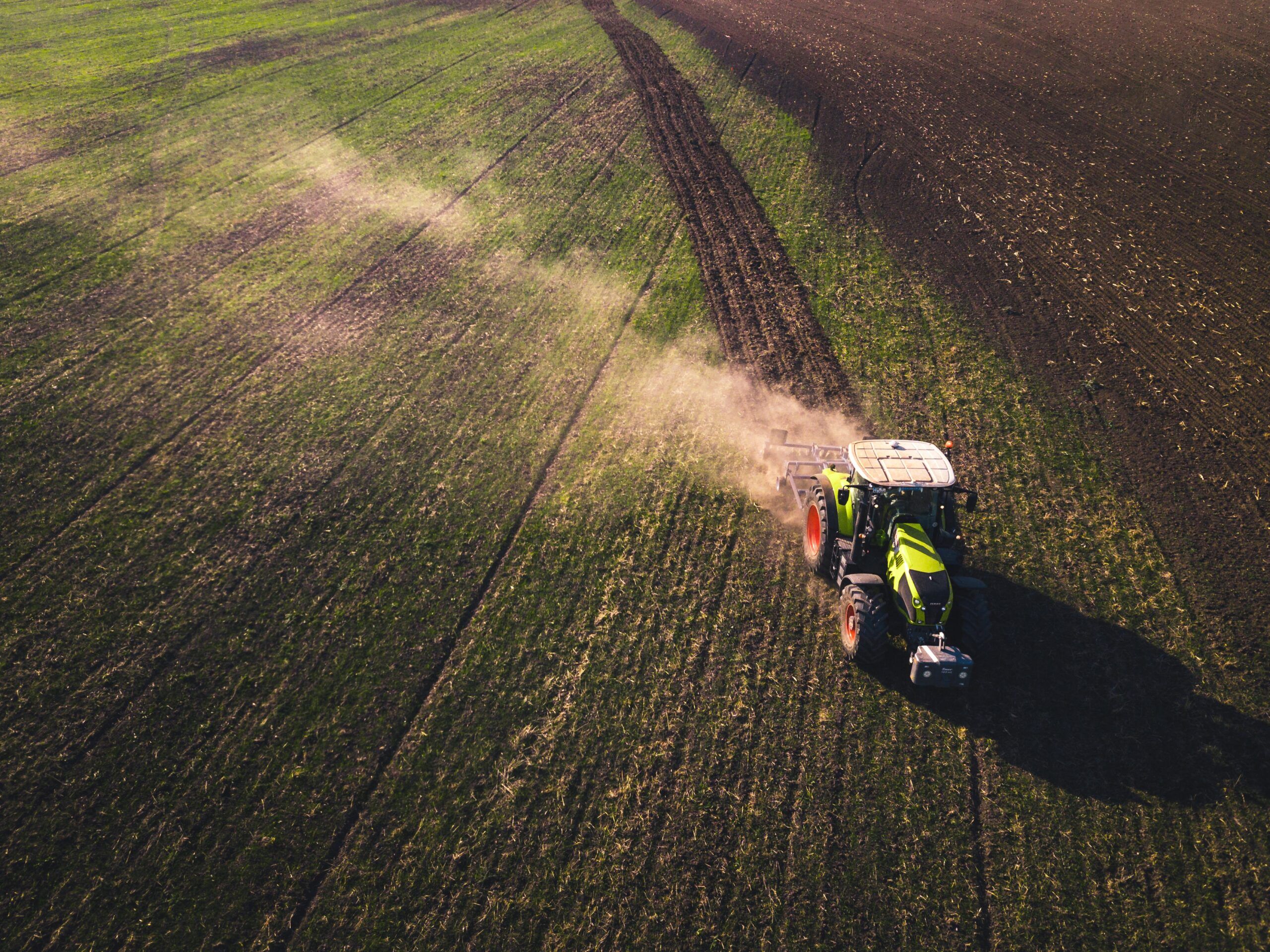
Carbon farming: Combining machine intelligence, big data and process models to support this emerging sector
Restoration of soil organic carbon plays a critical role in addressing climate change while improving agricultural efficiency and reversing land degradation. However, scaling up of soil carbon sequestration is impeded by the high cost of monitoring, and by high levels of uncertainty in soil carbon predictions. Current soil organic carbon maps are based only on spatial interpolation of geographic, environmental, and climatic co-variates. As such, they do not distinguish the impacts of land management, including factors such as tillage regimes, crop rotations, crop and varietal selection, residue management, manure management, irrigation, cover crops, soil and water conservation etc. To provide an improved soil carbon maps that include these factors, we will train and validate machine learning and deep learning models using detailed spatial data on soils, vegetation, climate, and cropping practices. This project aims to create a step change in the accuracy of prediction of soil organic carbon by combining Cornell’s state-of-the-art soil mechanistic modeling with machine learning, deep learning, and spatially-explicit big data to create a “grey-box digital twin”. This will provide a platform to drive evidence-based policy and support massive scaling up of optimized investment in soil health and climate-change mitigation.
Dominic Woolf (CALS), Johannes Lehmann (CALS), Fengqi You (COE)
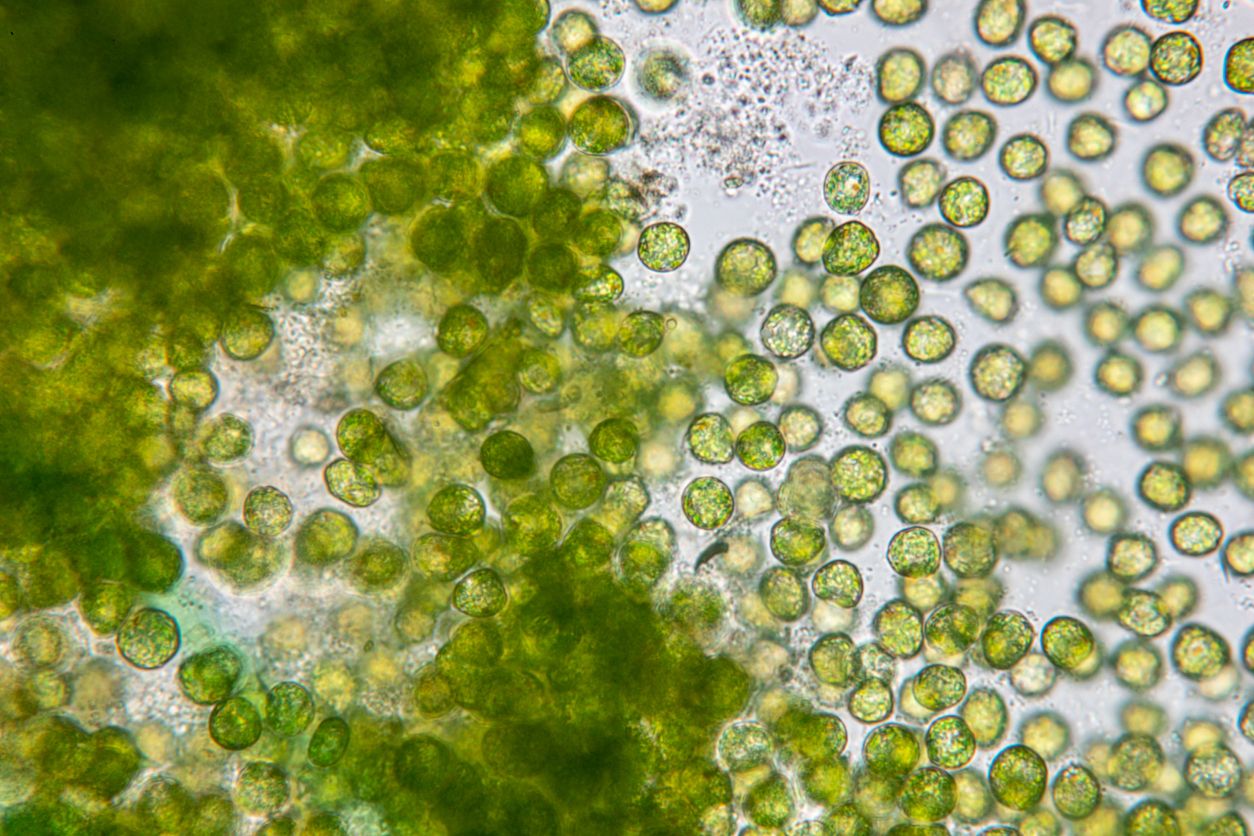
Function-targeted high-resolution phenotyping platform to deduce genetics-functions relationships in rhizomicrobiome for promoting plant nutrients utilization
Rhizo-microbiome research is in its infancy and holds the key to a better understanding of plant-microbe interactions with a positive impact on plant health, productivity and agricultural sustainability. This study will leverage innovative single-cell Raman microspectroscopy (SCRM) technology and computational science to develop a novel and integrated phenotyping-genotyping technology platform as the basis for building a world-class agricultural phenotyping facility at Cornell. The complexity of the SCRM dataset, due to its size and composition, with low abundance of mostly unknown species (as expected for rhizomicrobiome), demands complicated dimension reduction and classification methods to achieve the desired performance. The goal is to discover and profile new and in situfunctionally-relevant microorganisms, such as polyphosphate accumulating organisms (PAOs) that contribute to P utilization, and carbon (PHB, glycogen)-accumulating organisms (CAOs) involved in nitrogen fixation, among others, and to establish gene-function relationships by correlating phenotypic and genotypic profiles. Discoveries made on this project will advance the technological, biophysical and socio-economic knowledge needed to shift the paradigm towards better management of land and water resources to ensure food, energy and water security in intensified agricultural regions such as New York State.
April Gu (COE), Jenny Kao-Kniffin (CALS), Kilian Weinberger (CIS)

Scalable digital sensors of the skies and soils: An Internet of Things approach to improve farm-scale weather forecasts of extreme heat, drought and rainfall
Extreme weather is a serious threat to agriculture, economic vitality, human safety, and physical infrastructure in farming communities throughout the world. Climate change is likely to increase the risk of severe weather, particularly heat waves, droughts, and floods. To flourish in spite of these hazards, farmers, growers, agro-business, and food producers require a toolkit of political, infrastructural, and technological resources to manage the risk of extremes. Numerical models of weather and climate will be among the most important of these tools because they empower decision makers with information to anticipate and prepare for consequential events. The proposed research will monitor and forecast key variables for predicting extreme weather at State, County, and Farm scales in the Northeast by leveraging an existing wireless “Internet of Things” (IoT). We will develop open source tools for numerical weather and climate prediction to empower decision makers with information to anticipate and prepare for consequential events, and to provide farmers, growers, agro-business, and food producers with a toolkit for predicting key hazards to agriculture, particularly during the warm season when extreme rainfall, heatwaves, and droughts often exact severe crop losses.
Toby Ault (CALS), Max Zhang (COE)
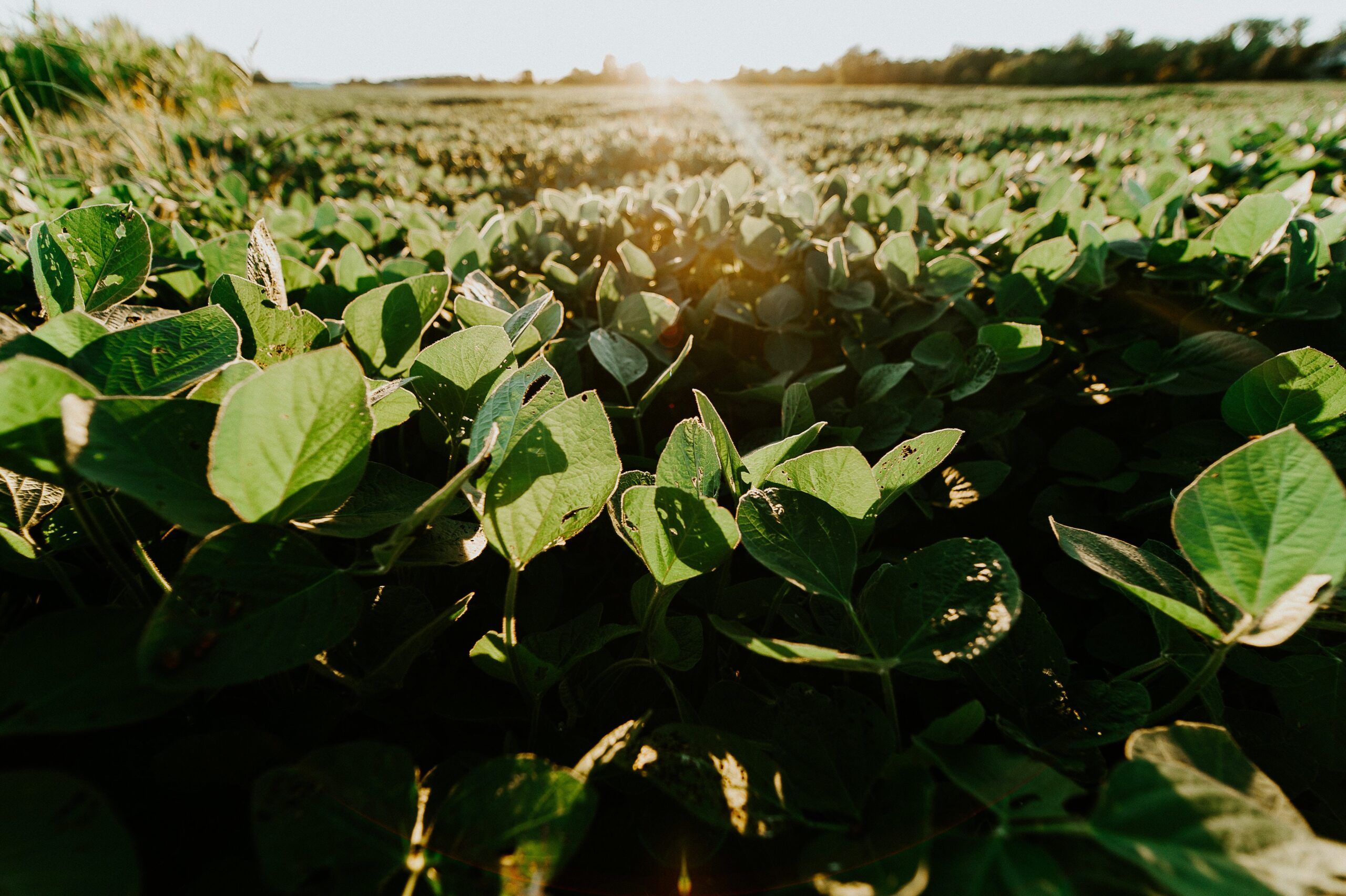
Remote-sensing based framework for farm-scale in-season crop yield forecast
This proposal aims to develop scalable, field-scale, in-season forecast approaches for crop yield at low cost by synergistically integrating new technological advances including UAV/satellite remote sensing of Solar-Induced Chlorophyll Fluorescence (SIF) and hyperspectral reflectance, the state-of-art mechanistic crop growth models, and machine learning techniques. We propose to develop both process- and statistics-based approaches for yield forecast and examine their complementary strengths for large-scale operational application. We will finally build a Google Earth Engine based web portal to report yield forecast on weekly basis to inform farmers, agribusinesses, and extension agents in near real time. We will seek input and feedbacks of our developed framework from local farmers via Cornell Cooperative Extension and New York Corn and Soybean Grower Association during the course of the project.
Ying Sun (CALS), Carla P. Gomes (CIS), Ariel Ortiz-Bobea (JCB)
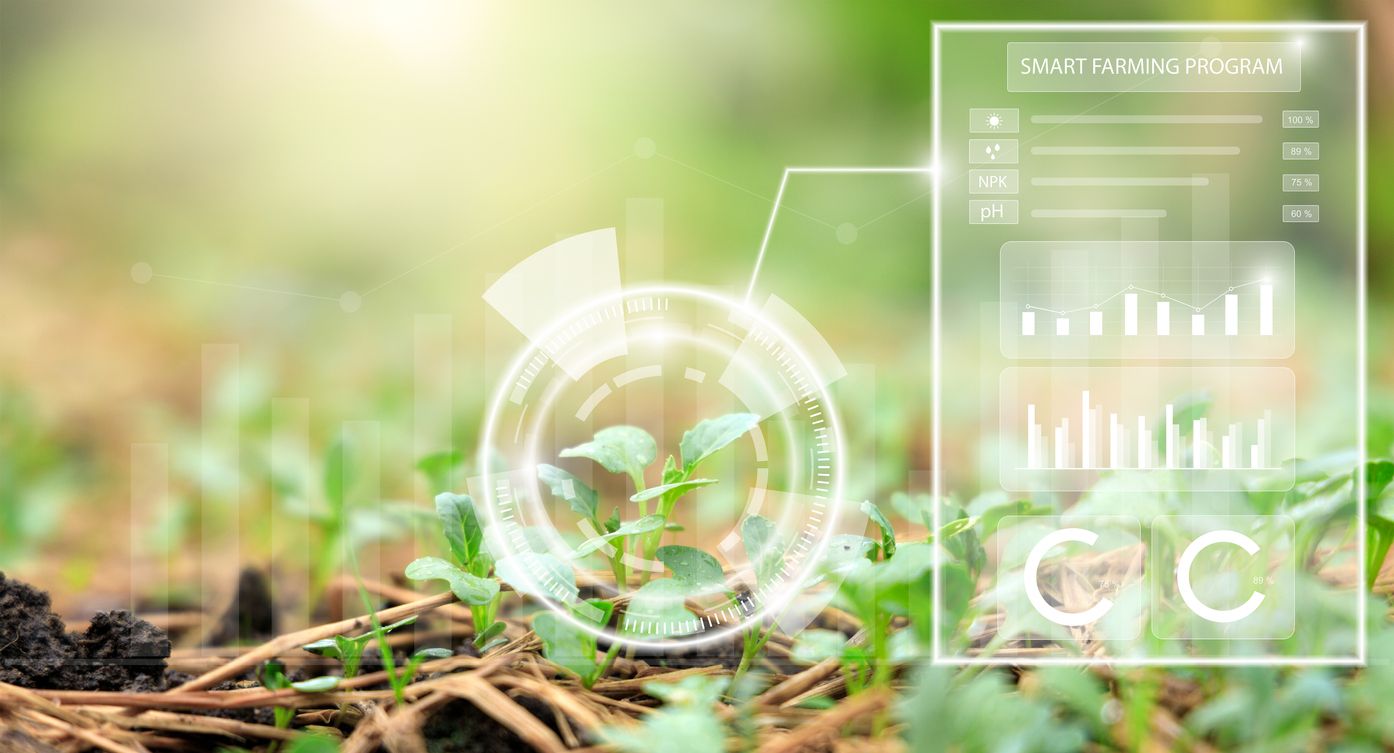
Internet of Dirt
In recent years, Internet of Things (IoT) infrastructures have expanded into the field of agriculture. Some of the applications for IoT in this context includes precision agriculture, livestock monitoring, and smart greenhouses. While these systems are designed in specific ways to fit their environment, they may degrade and fail in unexpected ways that require replacement and repair. In this research, I will study the maintenance of IoT infrastructures in the context of agriculture through 1.) conducting ethnographic field work and 2.) generating design implications for future IoT systems for agriculture. Over the course of the summer, I will examine the interactions between farmers, technicians, IoT infrastructures, and the environment as a way to understand how these systems are maintained across different field sites. These field sites will build upon existing collaborations with CIDA and will include farms that have implemented IoT systems. The fieldwork methods will include participant observation, semi-structured interviews, and design probes as a way of gaining key insights on how these IoT systems are maintained. I will then generate design implications by identifying mismatches between practices at the field sites and current design directions as a way suggest how systems could better meet the needs of the farms. These design implications will support the development of future development of IoT systems for agriculture at local, regional, and global scales.
Jennifer Liu (GR- CIS), Primary Advisor: Steve Jackson (CIS), Secondary Advisor: Phoebe Sengers (CAS)
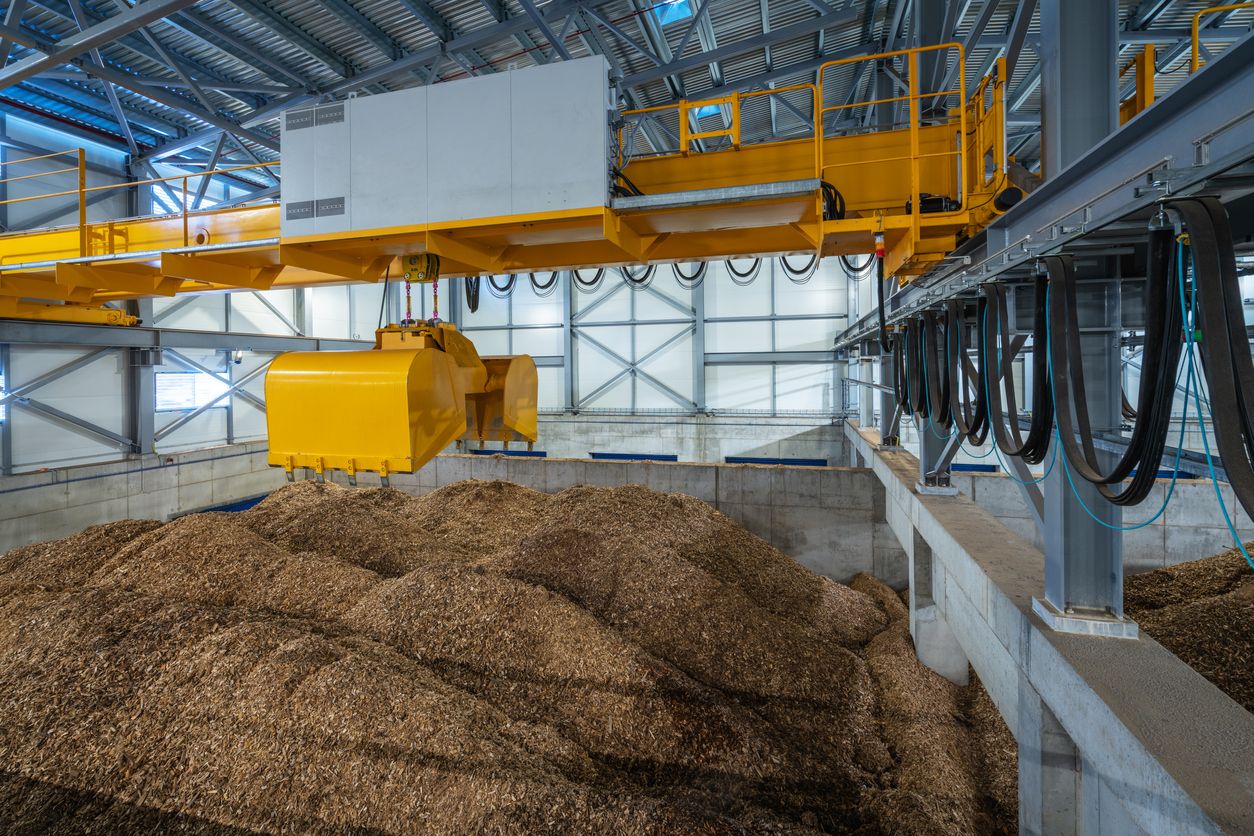
Digital Tools for Systems Analysis and Data Analytics of Biomass Pyrolysis in Agriculture
Biomass is a promising source of renewable energy with eco-friendly characteristic receiving great attention especially in Digital Agriculture communities. Biomass pyrolysis is the thermal decomposition of biomass occurring in the absence of oxygen. Depending on the final temperature and reaction time, pyrolysis technologies can be classified into two types: slow pyrolysis and fast pyrolysis. The yields as well as the physical and chemical characteristics of the products vary considerably according to the types of pyrolysis technologies. This research project is to study the environmental impact of spatial analysis of biomass processing considering specific pyrolysis technologies under economic and environmental criteria. By performance life cycle and techno-economic analysis/optimization biomass supply chains, we leverage data science and systems engineering methods with agricultural systems. We adopt life cycle optimization method to balance both the techno-economic and life cycle environmental impact objectives. Two major activities of my work are life cycle assessment and systems modeling. In life cycle assessment, we evaluate the global warming potential (GWP) of different pyrolysis technologies using existing technology data and Ecoinvent V3.5. In problem modeling, a bi-objective optimization model is formulated in order to balance the economic and environmental objectives.
Ning Zhao (GR- COE), Primary Advisor: Fengqi You (COE), Secondary Advisor: Johannes Lehman (CALS)
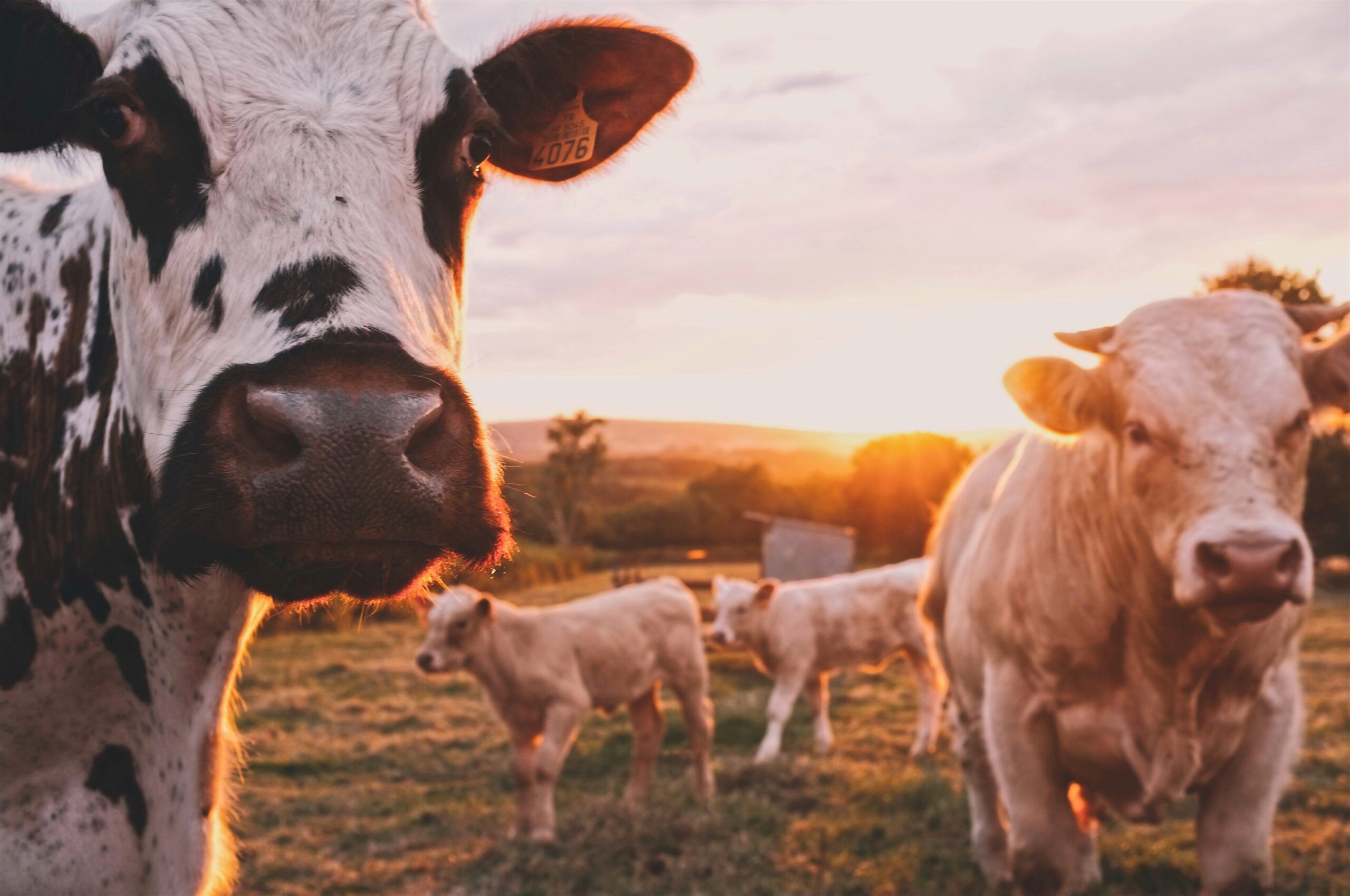
ReproPhone and e-Synch: Novel Tools to Automate and Optimize Cattle Reproductive Management
Main goals are to develop; 1) e-Synch; an intravaginal reusable device to automate synchronization of ovulation and monitor physiology of cows and 2) ReproPhone; a user-friendly, rapid, low-cost tool to determine pregnancy and ovarian status of cows on-farm. The e-Synch consists of an electronically controlled device loaded with products to synchronize ovulation and sensors to monitor cow activity and temperature. Briefly, user inserts e-Synch and selects desired treatment with a mobile app. Next, e-Synch automatically delivers hormones required for the selected protocol. Once protocol is completed, e-Synch is removed and the cow is inseminated. On the other hand, ReproPhone consists of a lateral flow immunoassay (LFIA) to quantify circulating reproductive hormones coupled with a portable imaging device connected to a mobile app. Specific activities: 1) Evaluate efficacy of e-Synch. Conduct field trials to evaluate the ability of current prototype to deliver hormones used for synchronization of ovulation. Based on initial tests we will work with Dr. Erickson’s group to improve the design and function of the device. 2) Optimize current LFIA. Currently our LFIA and reading system is designed to test plasma samples, which is not ideal for on-farm implementation, as samples need to be processed before testing. Therefore, I will work on modifying current format to measure hormones in unprocessed whole blood samples. Activities include laboratory experiments and on-farm testing.
Magdalena Masello Souza (GR- CALS), Primary Advisor: Julio Giordano (CALS), Secondary Advisor: David Erickson (COE)

Improving Vineyard Management Using Touch Plant Vein Detection through Machine Learning and Computer Vision
Advances in computer science have led to programs capable of identifying plant parts (e.g. flowers and fruit). This project will utilize these advances to tackle the challenge of using computer vision and machine learning to identify leaf venation in plants. In addition to moving water and sugars through the plant, veins transport macromolecules (RNAs and proteins). My thesis is to visualize this movement; this project will focus on imaging this process. Aim 1) To analyze the shape of venation in the leaf, a water-mobile dye will be added to the roots, taken up by the xylem and carried into the leaves. In a healthy plant, this happens very quickly. The resulting leaves are then imaged under a fluorescent microscope. Analyzing the results are difficult due to a high amount of noise in the images. Traditional segmentation fails to quantify the amount of fluorescence in the leaves. Aim 2) To solve this problem, we will create an automated imaging pipeline for detection of fluorescence in leaves. I will develop a computer vision approach with Professor Bharath Hariharan (CS). This will require the generation of a training set (produced in aim 1) that teaches the computer how to “see” veins. After training, the program performance will be tested against human annotated images. A successfully trained program will be able to automatically detect the presence of fluorescence within dynamic plant veins.
Hannah Thomas (GR- CALS), Primary Advisor: Margaret Frank (CALS), Secondary Advisor: Bharath Hariharan (CIS)
Become a Fellow
Stay up to Date
If you have a disability and are having trouble accessing information on this website or need materials in an alternate format, contact [email protected] for assistance.
CIDA Copyright 2023 | CIDA is an equal opportunity employer | Terms of Use | Privacy Policy